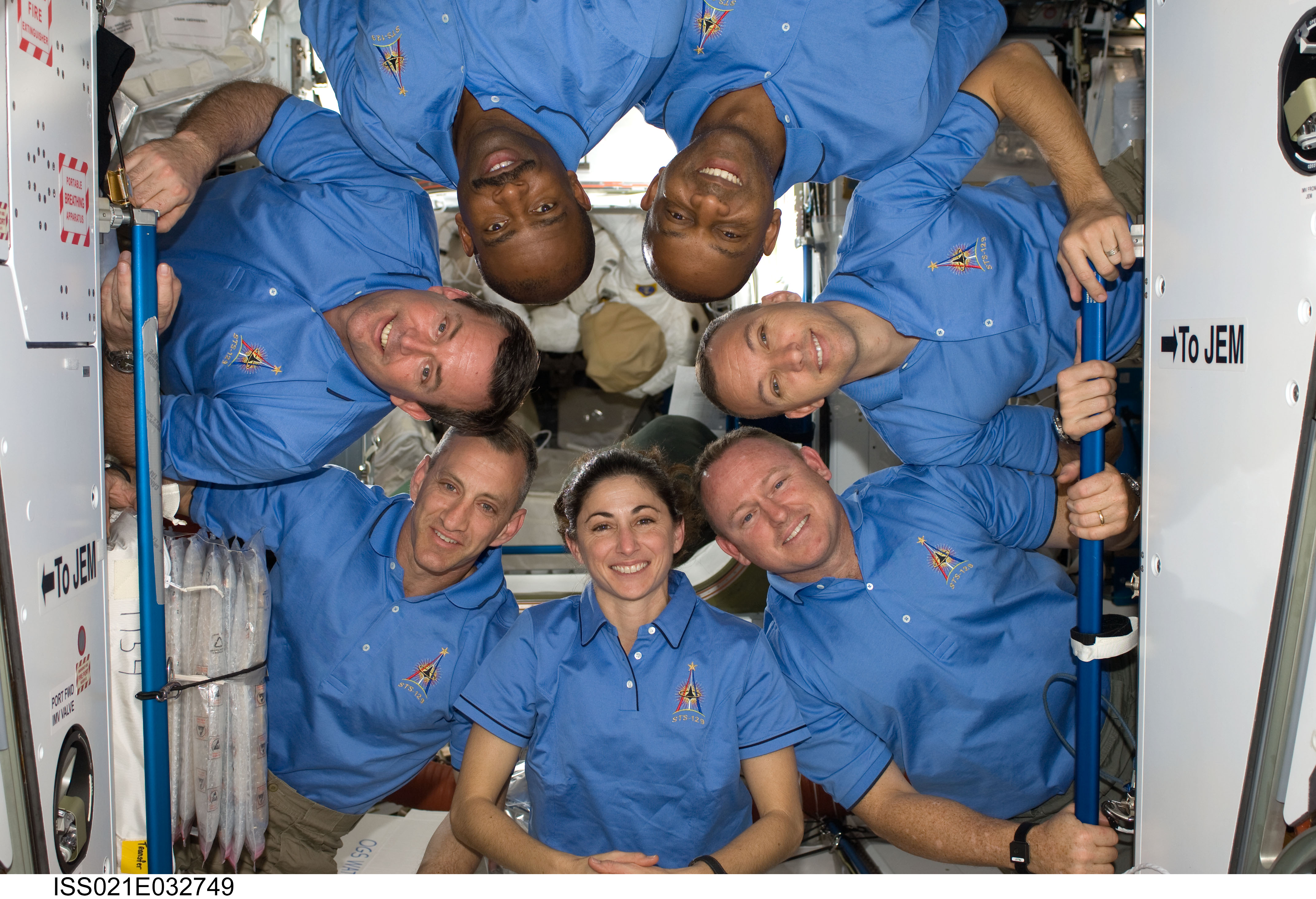STS-58
Second dedicated Spacelab Life Sciences mission (SLS- 2).
orbiter
mission duration
Launch
Landing

STS-58 Mission Facts
Mission: SLS-2
Space Shuttle: Columbia
Launch Pad: 39B
Launched: October 18, 1993 10:53 a.m. EDT
Landing Site: Edwards Air Force Base, Calif.
Landing: November 1, 1993. 07:05:42 a.m. PST
Landing Weight: 229,753 pounds
Runway: 22
Rollout Distance: 9,640 feet
Rollout Time: 61 seconds
Revolution: 225
Mission Duration: 14 days, 0 hours, 12 minutes, 32 seconds
Returned to KSC: November 9, 1993
Orbit Altitude: 155 nautical miles
Orbit Inclination: 39 degrees
Miles Traveled: 5.8 million
Crew
John E. Blaha, Commander
Richard A. Searfoss, Pilot
M. Rhea Seddon, Payload Commander
William S. McArthur, Jr., Mission Specialist
David A. Wolf, Mission Specialist
Shannon W. Lucid, Mission Specialist
Martin Fettman, Payload Specialist
Launch Highlights
First launch attempt on Oct. 14 was scrubbed at the T-31 second mark due to a failed range safety computer. Second launch attempt on Oct. 15 scrubbed at the T-9 minute mark due to a failed S-band transponder on the orbiter. The launch was reset for Oct. 18. Countdown proceeded smoothly to liftoff, delayed only by several seconds because of an aircraft in launch zone.
Mission Highlights
Second dedicated Spacelab Life Sciences mission (SLS- 2). Fourteen experiments conducted in four areas: regulatory physiology, cardiovascular/cardiopulmonary, musculoskeletal and neuroscience. Eight of the experiments focused on crew; six on 48 rodents. Crew collected more than 650 different samples from themselves and rodents, increasing statistical base for life sciences research. Combined data from SLS-1 and SLS-2 will help build comprehensive picture of how humans and animals adapt to weightlessness.
Cardiovascular investigations: Inflight Study of Cardiovascular Deconditioning; Cardiovascular Adaptation to Zero Gravity; Pulmonary Function during Weightlessness. Regulatory physiology investigations: Fluid Electrolyte Regulation during Space flight; Regulation of Blood Volume during Space flight; Regulation of Erythropoiesis in Rats during Space flight; Influence of Space flight on Erythrokinetics in Man. Musculoskeletal investigations: Protein Metabolism during Space flight; Effects of Zero Gravity on the Functional and Biochemical Properties of Antigravity Skeletal Muscle; Effects of Microgravity on the Electron Microscopy, Histochemistry and Protease Activities of Rat Hindlimb Muscles; Pathophysiology of Mineral Loss during Space flight; Bone, Calcium and Spaceflight. Neuroscience investigations: Study of the Effects of Space Travel on Mammalian Gravity Receptors; Vestibular Experiments in Spacelab.
For one of the neurovestibular experiments, the Rotating Dome Experiment, crew worked with first flight prototype of Astronaut Science Advisor (ASA), a laptop computer designed to assist astronauts conducting experiments; also called “principal investigator in a box” because it can increase efficiency of experiment activities.
Six rodents were killed and dissected during mission, yielding first tissue samples collected in space and not altered by re-exposure to Earth’s gravity.
Other experiments: Orbital Acceleration Research Experiment (OARE); Shuttle Amateur Radio Experiment (SAREX). Also performed: Pilot Inflight Landing Operations Trainer (PILOT), portable laptop computer simulator to allow pilot and commander to maintain proficiency for approach and landing during longer missions.
With completion of her fourth space flight, Lucid accumulated most flight time for a female astronaut on the shuttle, 838 hours.
STS-58
Shuttle News
Retired Space Shuttle Locations
Shuttle Atlantis – Kennedy Space Center Visitor Complex Shuttle Discovery – Steven F. Udvar-Hazy Center Shuttle Endeavour – California Science…
Read the Story




































